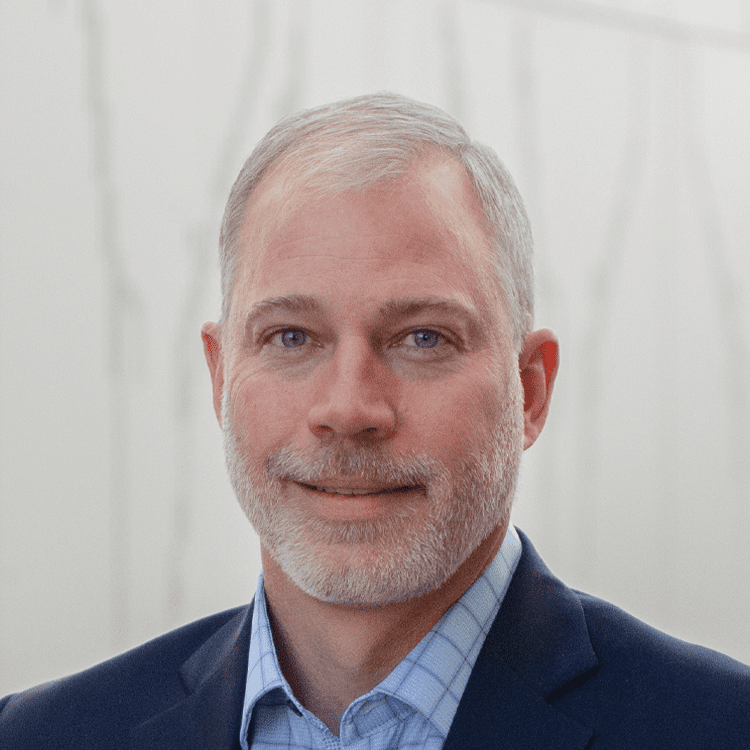The chips manufactured in semiconductor manufacturing facilities are highly specialized and require a complex process to produce— and the methodology for executing the design and construction for these facilities is equally complex. Design and construction of semiconductor fabrication facilities is comprised of three phases: base build, process lateral systems (PLS), and tool install, with each phase dependent on the others. The challenge of successfully integrating them can be overcome with a thorough understanding of the tool install phase and our “backward pass” approach to planning, design, and construction.
PHASE 1
SETTING THE STANDARD WITH THE BASE BUILD
The base build phase of the design- build process typically consists of the core and shell of the fabrication building (FAB) and all the supporting infra- structure required to bring the FAB into a “blow down,” or positive air pressure, state—commonly referred to as clean protocol level 3. To position the entire project for success, the importance of cleanliness and attention to detail starting at the beginning of construction and leading up to clean protocol level 3 cannot be overstated.
During the base build phase of the subfab (fab and interstitial levels of the FAB), cleanliness is critical to maintain a “clean build” mentality, as it allows the project to seamlessly transition into the successive levels of clean protocol during the FAB fitout and tool install phases. As the base build phase transitions to the PLS phase, the clean protocol levels progress from 1 thru 4, elevating the FAB to a higher level of cleanliness at each stage.
PHASE 2
TRANSITIONING TO FAB FITOUT
Process Lateral Systems (PLS) involves the interconnecting systems between the base build main systems and the lateral points of connection (POC) that are provided for tool install. The key to success is understanding that the design of the PLS must be driven from the tool matrix, or tool layout needs per functional bay, to ensure they are sized and routed correctly and meet the tool demand. The PLS is typically installed in an offsite manufacturing (OSM) approach with piping preinstalled onto premanufactured racks and then installed as an assembly onsite. It is critical to the tool install phase that the POCs for the tools have been qualified to meet the necessary QA/QC FAB spec prior to tool installation.
Once the FAB cleanroom is fitted out and meets the cleanliness levels specified—as well as the POC qualifications—it is considered ready for equipment (RFE) and the final phase, tool installation, may begin. While this sounds like an obvious and straightforward concept, the number of systems to be coordinated, stringent quality specifications of each system, various specialty vendors for each system, and multiple design teams to coordinate for the various systems create a level of complexity that requires an experienced FAB fitout construction manager with specialized processes, systems, and tools to effectively lead and manage the work.
PHASE 3
THE IMPORTANCE OF TOOL INSTALL
Tool install, the third and final phase, is a specialty design-build process and requires specific trade partner and tool manufacturer engagement that is different from all the other phases of a FAB build due to the speed of associated activities, sensitivity of the tools to environ- mental conditions, high value of the tools, and strict safety protocols. This phase requires the highest level of collaboration between all stakeholders working in a controlled environment. The importance of enough delivery docks and available space for uncrating the tools is only the start of this well-choreographed dance.
Tool install has several sub-phases of execution and sign-off:
- Prefac – This is the phase of the scope after blow- down for prepositioning/pre-facilitation of systems tied to the PLS POCs in the subfab and under the raised manufactured flooring (RMF) to ready the FAB level for tool move-in.
- Hook up – This is the point that the FAB level tools and all equipment have been set in their final locations and are ready to be hooked up to their POCs.
- SL1 – This is the safety level 1 sign off that normally includes certification of power and some gases to facilitate tool set up by the owner’s and vendor’s engineers.
- SL2 – This is safety level 2 sign off where chemicals and certain other gases are connected to the tools.
- SL3 – This is level 3 sign off where the highly flammable, toxic gases and chemical systems are connected to the tool.
As technology advances and chip designs change, the tools needed to fabricate those chips change as well. Typically, a change in technology or a new chip design constitutes a change in the tool set, which drives a FAB expansion or retool of an existing FAB.
Our advancements in virtual design & construction enable us—and our partners—to be more streamlined, accurate, and efficient in our approach to tool install. Using the 3-D, 4-D, or 5-D virtual model, we can plan for tool install space, timing, and resource needs from the very beginning of the design process of a new FAB building or a retool of an existing FAB building. The virtual model and our unique approach help us facilitate a quick and nimble reaction to these ever-changing needs.
BEGINNING WITH THE END IN MIND
The tool install team is historically brought to the table too late in the base build execution, so all too often, the project gets derailed once the tool install requirements are fully known. In this fragment- ed-team scenario, the primary goal of the base build team is to meet the blow down and RFE milestones. Without the early engagement of the tool install team, the team is unaware of—and unable to plan for—the needs specific to the supporting rooms, specialty chemicals, UPW, spec gases, or the equipment required to install qualified POCs for the tools to tie into.
The solution is to engage and integrate our tool install subject matter experts (SMEs) as part of the base build team to coordinate with our client’s tool install team as early as possible using our backward pass approach. As the partnership develops between our SMEs, tool install team, and base build team, the needs are quickly identified, and the schedule and execution priorities are integrated to meet the tool install milestones.
Early engagement of the specialty design and turnkey vendors that feed data back into the detailed design are also critical for a such a complex process on a massive scale. This ensures the FAB support rooms, which house the specialty systems, are designed and pro- cured early enough to reduce changes to design and/or construction throughout the project lifecycle. It also enables the team to create a detailed road map to success. This road map drives the timing decisions required for the long lead equipment needed to facilitate the “just in time delivery” philosophy, in addition to enabling the right design at the right time to meet the construction, and ultimately, the tool install schedule.
Our backward pass approach is facilitated by our SMEs who have a complete understanding of the moving parts and pieces in all three phases of the FAB build and are familiar with the tie points for all the support buildings and support rooms, as well as their interdependencies on one another. Integrating this knowledge with our scheduling and modeling processes and tools ensures the “critical path” runs through the POC of the first tool of the tool set and commissioning of each system—closing the loop and connecting all three phases.



